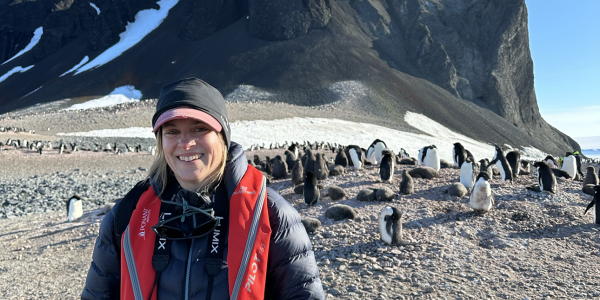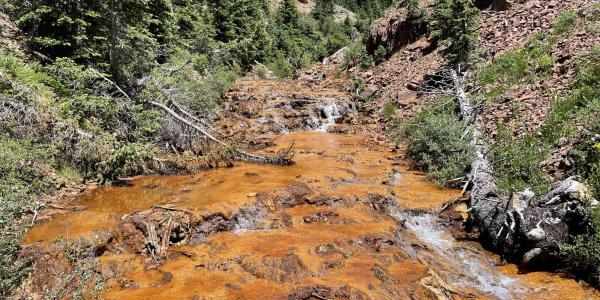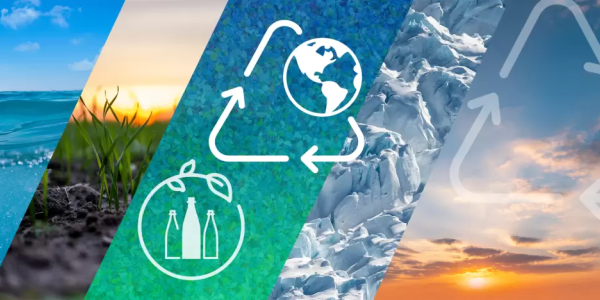The George R. Aiken Graduate Fellowship supports CU Boulder graduate students conducting water-related research. Mackenzie Bowden, a PhD student in the Environmental Engineering program, is investigating contaminants from fires at the wildland-urban interface that work their way into streams and present risks to downstream communities and ecosystems.
Fires at the wildland-urban interface (WUI) are becoming more frequent and more destructive as a result of climate conditions that exacerbate extreme heat and drought. Until rather recently, most wildfire science has been focused upon understanding smoke and aerosolized contaminants rather than on analyzing the potential contamination of surface waters. However, because of the proximity WUI fires to drinking source waters, it is becoming increasingly important to understand how fire debris residues are impacting aqueous environments from both ecotoxicological and human health perspectives. In part, this requires identification of the specific chemical hazards that leach out of ashes in the aftermath of fires and may enter critical waterways.
My fellowship funds have enabled the preparation and initial investigation of ash leachates using analytical techniques like spectroscopy, liquid chromatography, and mass spectrometry to identify novel pyrogenic organic aqueous compounds present after fires. Using materials representative of residential structures, such as treated wood, asphalt roofing shingles, PVC pipes, and fiberglass insulation, I routinely generate ashes in the lab under controlled combustion conditions. I then leach those ashes into water to mimic the process of the ashes entering water bodies directly or running off after heavy rainstorms. The leachates are then filtered and run through a series of analytical processes so that I can benchmark the resulting water quality as well as identify and quantify novel pyrogenic compounds in the dissolved phase. This approach reduces some of the variability associated with environmental samples and allows me to perform analyses on isolated materials rather than complex mixtures, thereby enabling attribution of the observed chemical species back to the previously selected source materials.
My analyses are ongoing, but the final results will support the initiatives set forth in the Colorado Water Plan to address ongoing concerns with wildfire mitigation and increase our collective understanding of the impacts of WUI fires on critical watersheds. Further, this characterization of the chemical profile associated with novel pyrogenic compounds in aqueous media will assist in the development of risk assessments for postfire surface waters in communities vulnerable to fire events.
See also
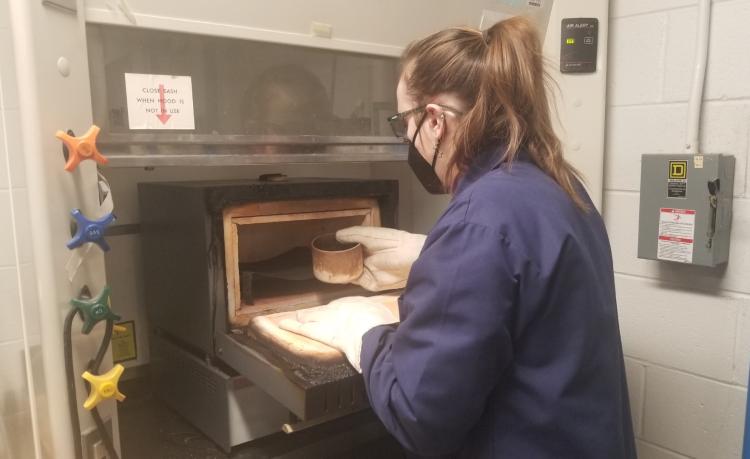
Bowden combusts urban materials in the lab under controlled conditions.
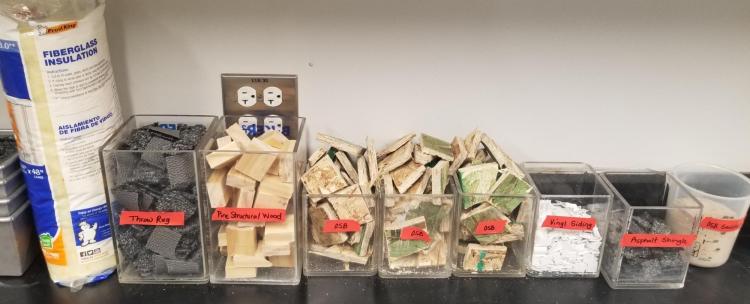
Common building materials are cut into samples before being burned to ash and analyzed.

